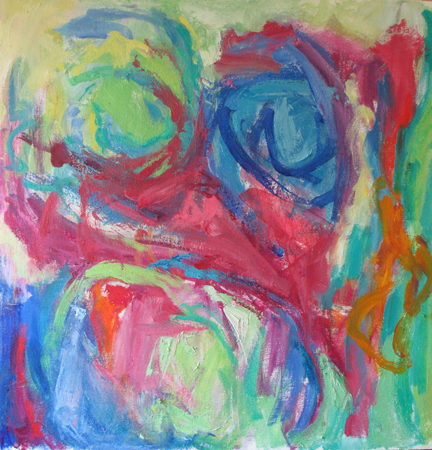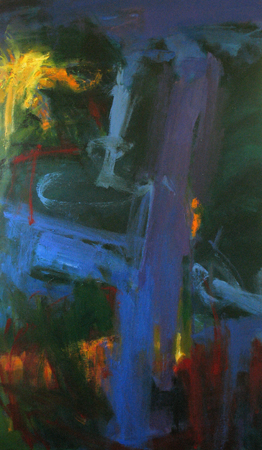I know, no one wants to hear about death, dying, illness or misery. Â My maternal grandfather once said, Ã la Yogi Berra, ‘if you live long enough, you will get old’.Â
What do we talk about when we talk about death? Not much, it turns out. We skitter around what has become a toxic subject in the west, like scaredy-cats. We lose parents and friends and still, most of us avoid the issue  in conversation. Sadly, it’s true that once a certain age is reached, we begin losing more and more friends and relatives to either old age or illness.
The late psychologist and suicide researcher Edwin Shneidman echoed my grandfather by stating that “Dying is the one thing – perhaps the only thing – in life that you don’t have to do. Stick around long enough and it will be done for you.”
A pioneer in the holistic health movement, UCSF’s Dr. Rachel Naomi Remen puts it a little differently, “death is a mystery worth contemplating.”  Talk therapy can help sort out our feelings and sadness. So can any transformative effort like painting, music or literature. I’ve been working on a couple of paintings for the last few months that directly reference a potential personal loss; a friend has been valiantly battling advanced cancer for over a year.
My newest work doesn’t portray her visage in any realistic way, it’s an homage to her in absentia. The memory of her friendship, possibly what might be called her aura, is what I hope to evince and more than that, use as a kind of healing acceptance. I have no illusions about death being an adventure into a new and fabulous world. It may end up being nothing more than a ‘big black hole’ – as my mother used to maintain after she’d had it with all forms of religion.
Baby Blues. Oil on canvas 24″ x 24″, 2012.
But that’s not really the point. In Schneidman’s book, Death: Current Perspectives, he says that “a person’s death is not only an ending, it is also a beginning – for the survivors.”
How we accept and deal with loss in our everyday lives is often based on our culture. I took a trip to Bali in the late 1990’s, specifically  to witness a cultural phenomenon like none other in the world; almost everyone there is an artist or artisan. Their culture supports and rewards the act of creating and the end result. And their unique belief system, a blend of Hindu, Buddhist and animism, does not so much mourn death as celebrate it.
Ok, it helps if you think that you might be reincarnated into an industrious ant or a magnificent bird. The soul is released from the body and freed from all material aspects of worldly life. Could the journey be just one step closer to that white light that some of us witnessed in certain drug induced states?
Elegy/Thunderbolt of You. Oil on canvas 46″ x 27″, 2012. (work in progress)
What I’ve returned to for comfort in years of experiencing loss, whether it was the end of a relationship or more profound loss, is poetry. The poet Tess Gallagher, once married to author Raymond Carver and who has been writing and teaching poetry since the mid 1970’s, wrote a volume called Moon Crossing Bridge, a few years after Carver’s death in 1988. That collection of luminous writings, centered on loss and grieving, has been my mainstay for the past couple of decades. It has shown me that transcendence and healing can come through experiencing a work of art.
Moon Crossing Bridge
If I stand a long time by the river
when the moon is high
don’t mistake my attention
for the merely aesthetic, though
that saves in daylight.
Only what we once called worship
has feet light enough to carry
the living on that span of brightness.
And who’s to say I didn’t cross
just because I used the bridge in its witnessing,
to let the water stay the water
and the incongruities of the moon to chart
that joining I was certain of.


